As you probably remember (if not, read at http://ghettoraga.blogspot.it/2010/05/german-underground-filmmaker-clemens.html) in 1979 Swiss film director Clemens Klopfenstein used a track of the Third Ear Band's second album (about 7' of "Fire") for his short film "Geschichte der Nacht" (Story of Night).
 |
| "Geschichte der Nacht" DVD |
"I think I heard them for the first time with their soundtrack of Polanski's "MacBeth".
2. Which was your first impression about it?
"I was very impressed. As soon as I found an opportunity, I bought all their vinyl discs I was able to find (in Basel, at the Freienstrasse in particular)".
3. Why did you choice to use a track from the band's repertoire?
4. How do you think the music fits perfectly into the sequences?
5. Which kind of process you used to make that sequence?
"I was shooting some takes of the carnival in Basel by night. The musical performances of the bands wandering through the strees, their drummers and pipers, are well known, very impressive, but also very corny. I knew I had to replace their music at all costs in order to give a dreamy, powerful, even nightmarish tone to my video takes. The tracks by the Third Ear Band fit that spot perfectly. The Swiss people, especially the people living in Basel, were stunned of the result! You know, the carnival in Basel is a bit bourgeois. When the people finally watched those ghastly platoons moving through the streets with that spooky music, they were positively shocked. In fact, the first takes were for a test film ("Ceremony", 10 minutes in black and white) which explored the possibilities of a new technique allowing us to shoot by night without any source of artificial light (except the faint lights already shining through the nightly city streets). That test film was shown at the national film festival of Solothurn, in 1976. At that point the German television ZDF (especially editor Sibylle Hubatschek-Rahn and head editor Ekart Stein) and its workshop "Das kleine Fernsehspiel" were electrified and gave their support for the full night movie "Geschichte der Nacht". The test film "Ceremony" was then re-cut and inserted into the final movie as a 3 minutes sequence".
6. Did you contact the musicians to get the permission for using it?
"No, it was a television production (ZDF and SF-DRS), therefore I only had to submit the list of musical works used and the television fixed the rights and permissions through Gema and Suisa".
5. Are you glad about the result of your film?
"I'm very glad about the result. In fact, it is - unfortunately perhaps - my best known production and it is still shown in various cinematheques even after many years. Once Ang Lee himself said that he had to study my "masterpiece" at film school".
6. Do you know your film is available free at http://ubu.com/film/klopfenstein_nacht.html ?
7. Which reactions has it got?
8. Have you used TEB music in other films made by you?
 |
| Clemens Klopfeinstein at his home as a painter. |
About the movie, Chris Auty (Programme Note London Film Co-op) writes that "it's a black-and-white record of European cities in the dark (2-5am), from Basle to Belfast. Quiet, and meditative, what ermerges most strongly is an eerie sense of city landscapes as deserted film sets, in which the desolate architecture overwhelms any sense of reality. The only reassurance that we are not in some endless machine-Metropolis is the shadow of daytime activity: a juggernaut plunging through a darkened village, a plague of small birds in the predawn light. The whole thing is underscored by a beautiful 'composed' soundtrack, from quietly humming stretlamps to reggae and the rumble of armoured cars in Belfast. A strange and remarkable combination of dream, documentary and science-fiction."
no©2012 Luca Ferrari (unless you intend to make a profit. In which case, ask first)

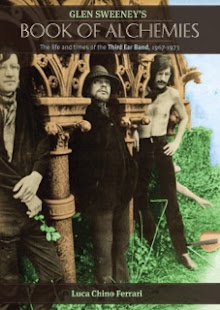
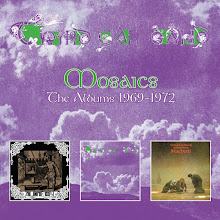
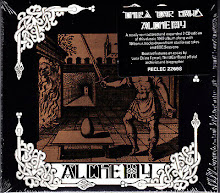
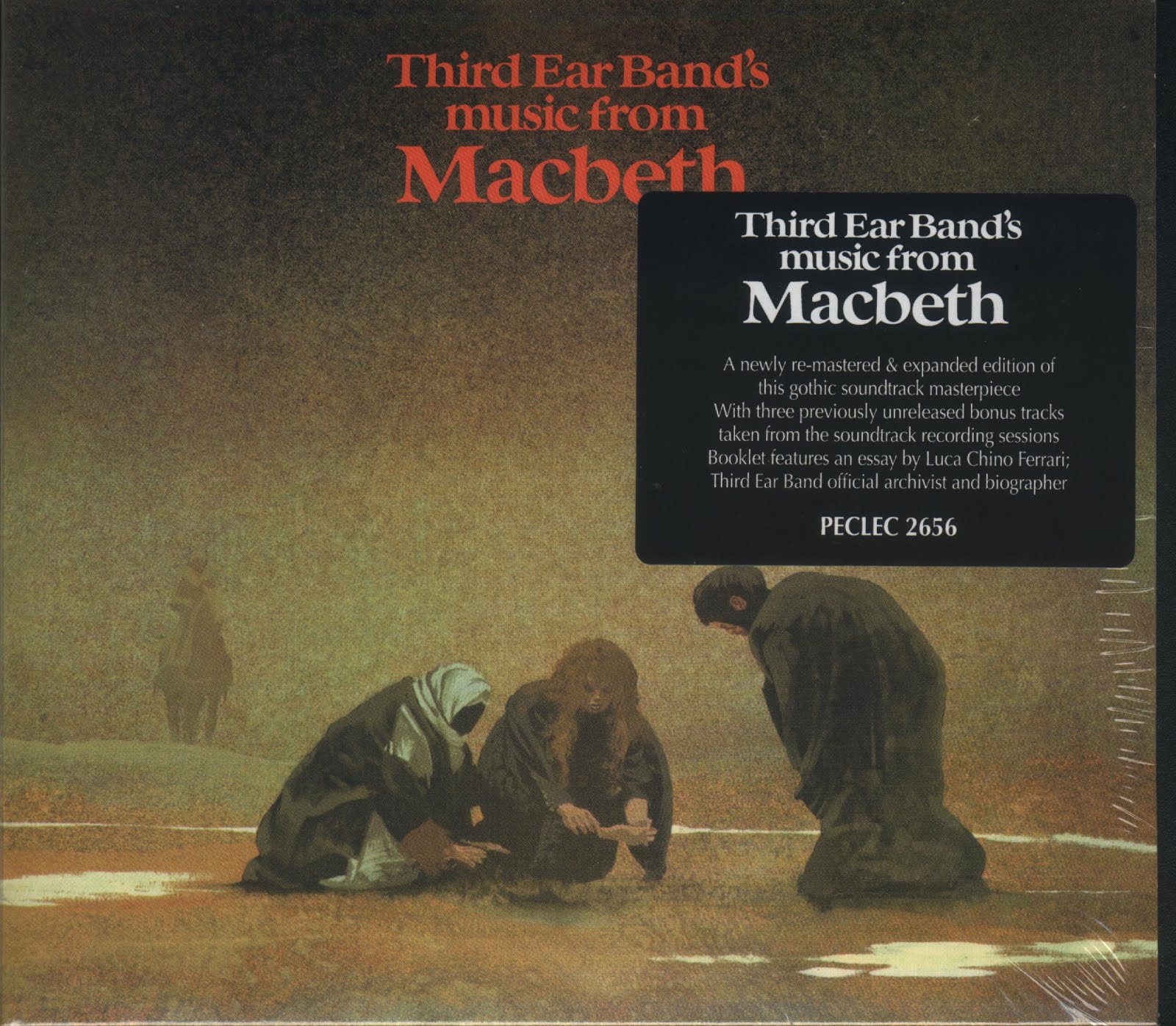


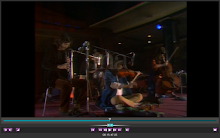
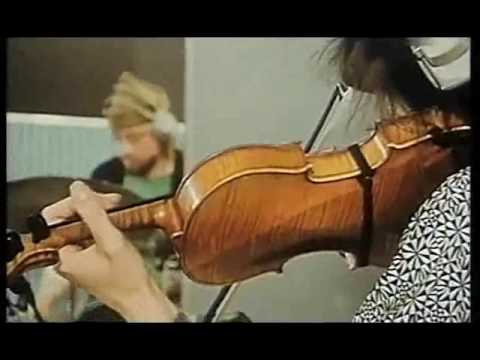



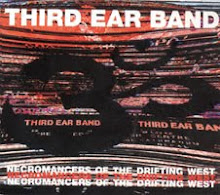






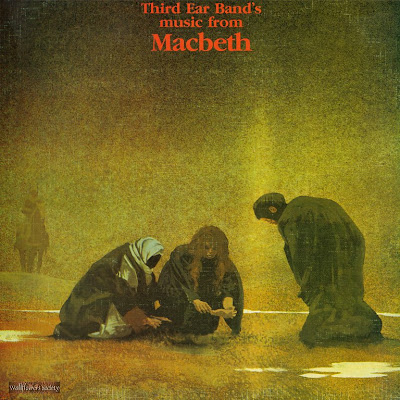






































On the track listing on the side of your page, you have National Balkan Ensemble's "Jason's Trip" listed for download, but the soundcloud page doesn't have it, just 2 uploads of Devil Weed.
ReplyDeleteSorry, I'll change it as soon as possible...
ReplyDelete